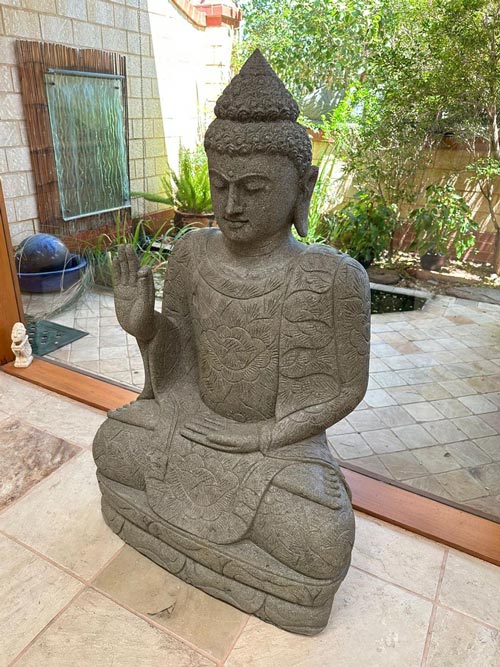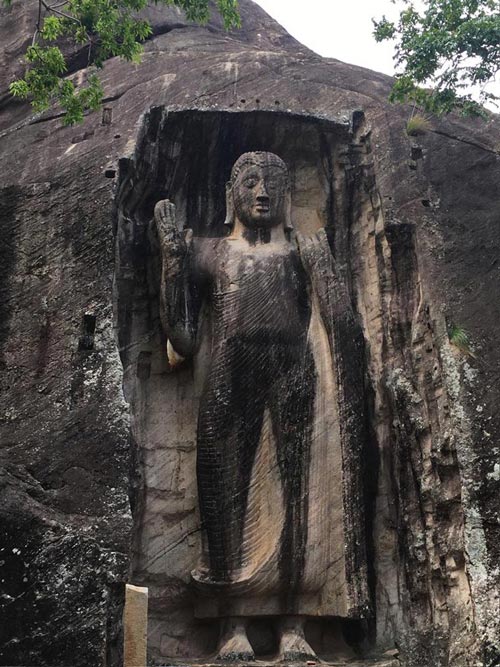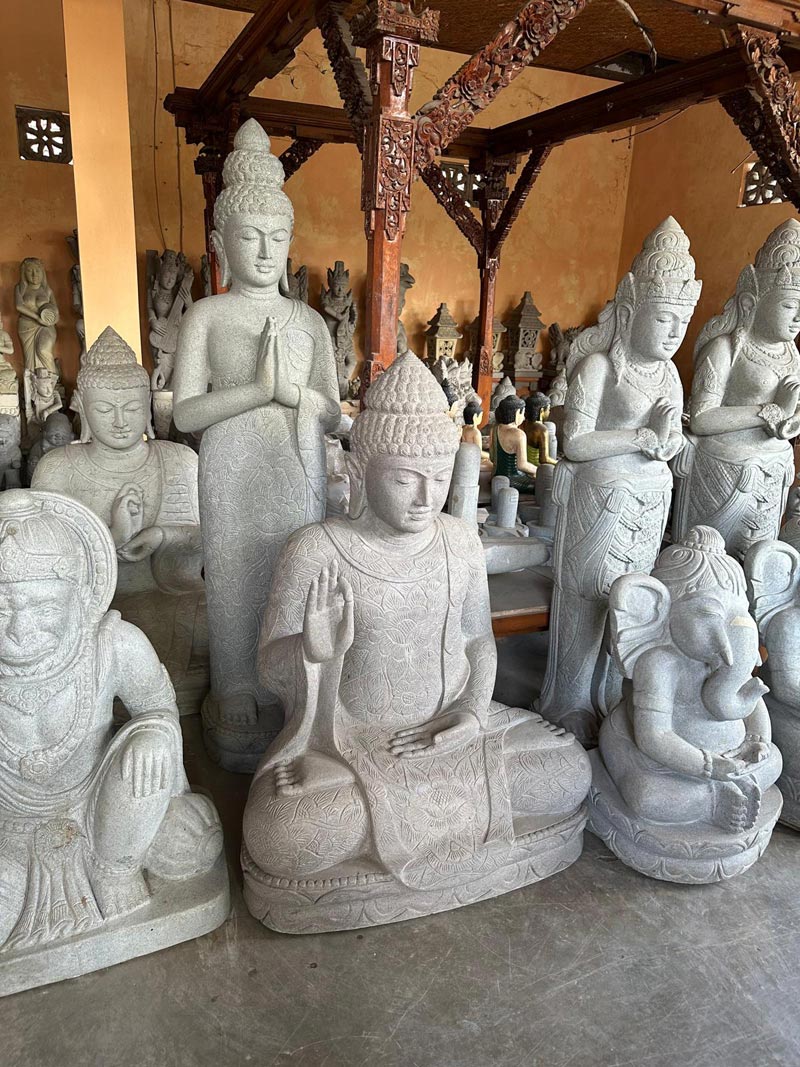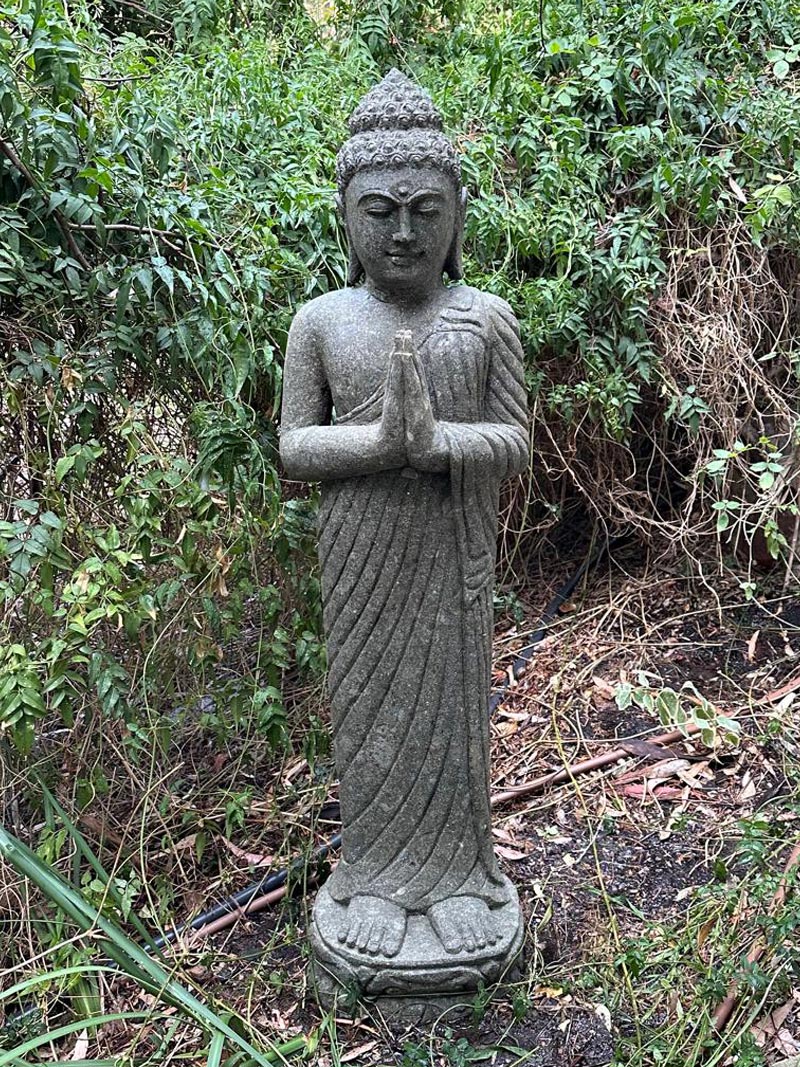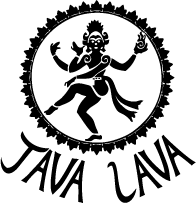
Kneeling Buddha
A Kneeling Buddha statue represents the expression of great respect and reverence for life. These statues are a popular choice for adding a sense of serenity and humility to any space.
The Kneeling Buddha is often depicted with his hands in the Anjali Mudra (prayer position). Through the act of lowering the head, bowing, and kneeling, one expresses veneration and respect toward life and all sentient beings.
The Kneeling Buddha is not only found at the entrances of temples but is also often used in homes and gardens to symbolise the sacredness of the space.
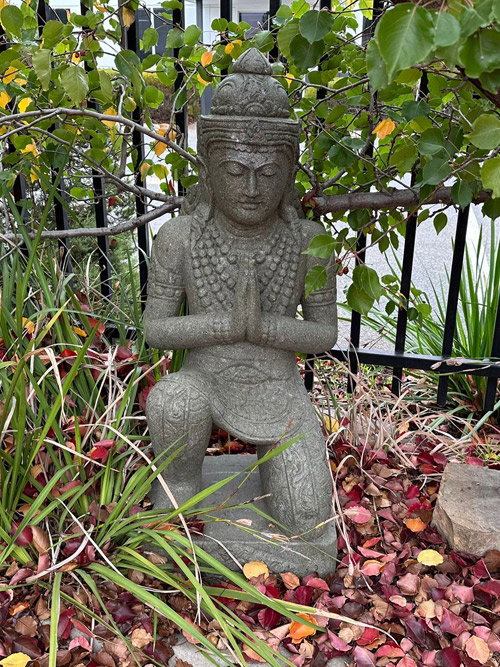
Prostrating or kneeling down is a way to express respect and gratitude to the Three Jewels of Buddhism: the Buddha, the Dharma and the Sangha. In addition to praying for the avoidance of calamities and disasters and gaining more wisdom and blessings, prostrating mainly functions to repent wrongdoings of the past, showing deep gratitude for life and enhancing humility in meditation practice.
Kneeling Buddha
A Kneeling Buddha statue represents the expression of great respect and reverence for life. These statues are a popular choice for adding a sense of serenity and humility to any space.
The Kneeling Buddha is often depicted with his hands in the Anjali Mudra (prayer position). Through the act of lowering the head, bowing, and kneeling, one expresses veneration and respect toward life and all sentient beings.
The Kneeling Buddha is not only found at the entrances of temples but is also often used in homes and gardens to symbolise the sacredness of the space.
Prostrating or kneeling down is a way to express respect and gratitude to the Three Jewels of Buddhism: the Buddha, the Dharma and the Sangha. In addition to praying for the avoidance of calamities and disasters and gaining more wisdom and blessings.
Prostrating mainly functions to repent wrongdoings of the past, showing deep gratitude for life and enhancing humility in meditation practice.

